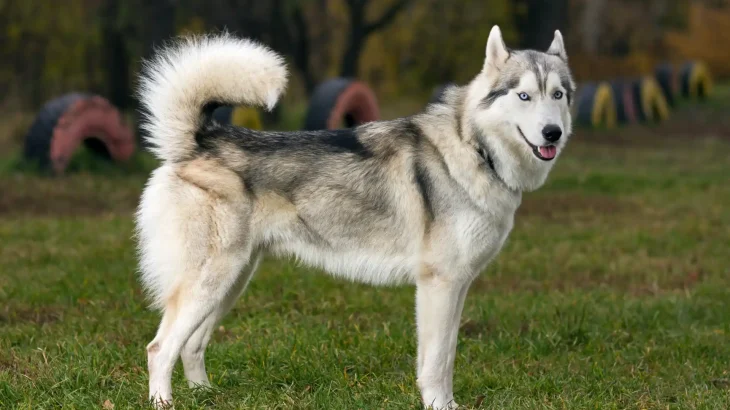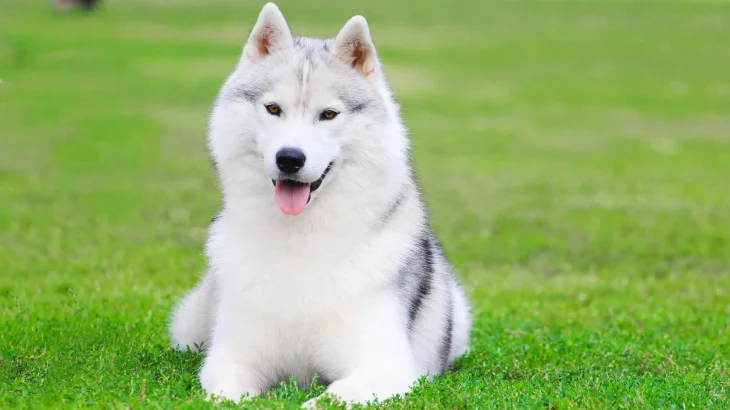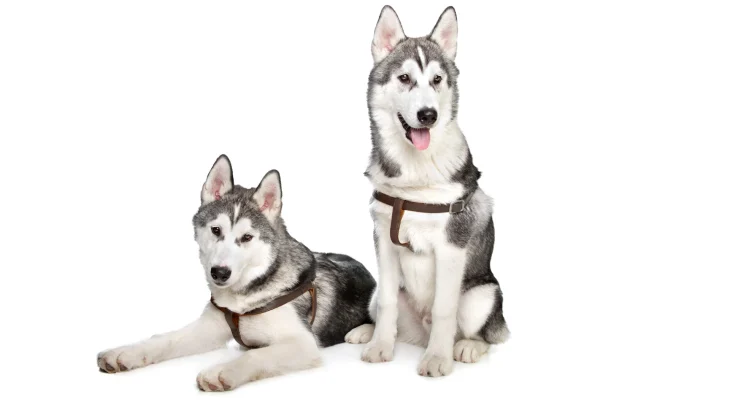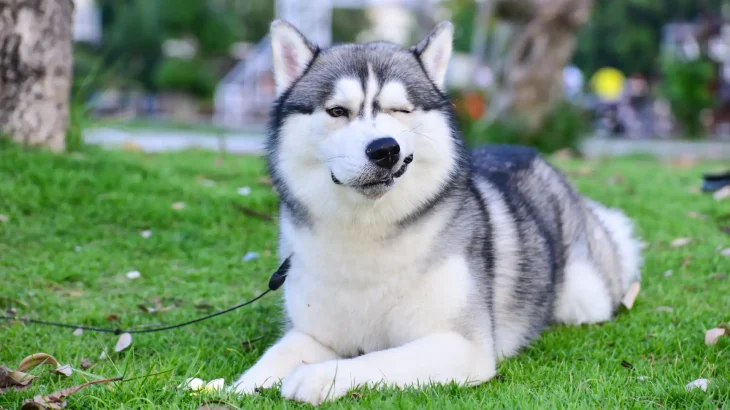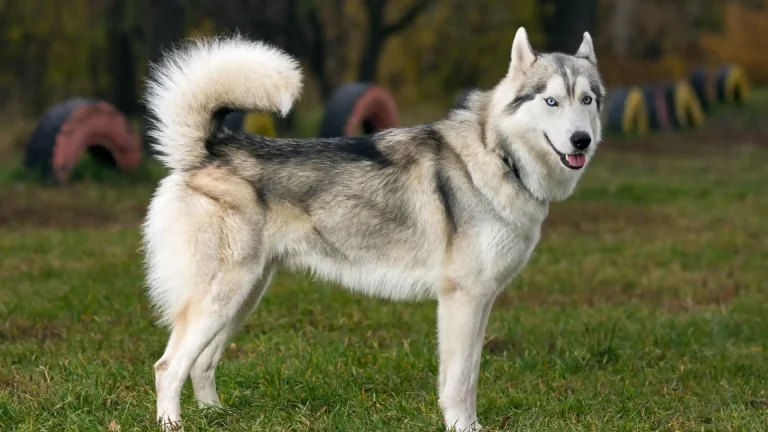Choosing to bring an East Siberian Laika into your life means deciding between adoption and purchasing from a breeder. Each option has its own perks, mainly around health history transparency and ethics. Breeders usually provide detailed background info, while adoption focuses on giving a dog a new home.
Here's a quick look at adoption vs. breeder:
| Criteria | Buying from Breeder | Adopting from Shelter/Rescue |
|---|---|---|
| Cost | Usually higher, reflecting care and pedigree. | Lower fees, supporting shelter care. |
| Health History | Detailed records and genetic screening. | Basic health checks, history may be limited. |
| Age Availability | Mostly puppies, for early training. | Various ages, including adults. |
| Temperament Insight | Insights based on lineage and socialization. | Staff observations, but incomplete history. |
| Supporting Practices | Helps preserve breed ethically. | Supports animal welfare and rescues. |
| Breed Purity & Pedigree | Guaranteed lineage and documentation. | Often unknown or mixed lineage. |

